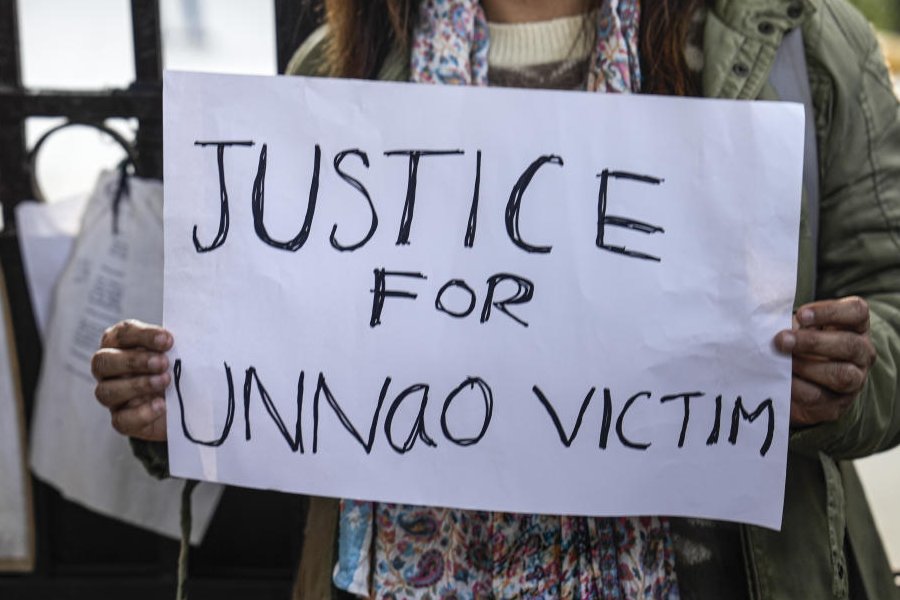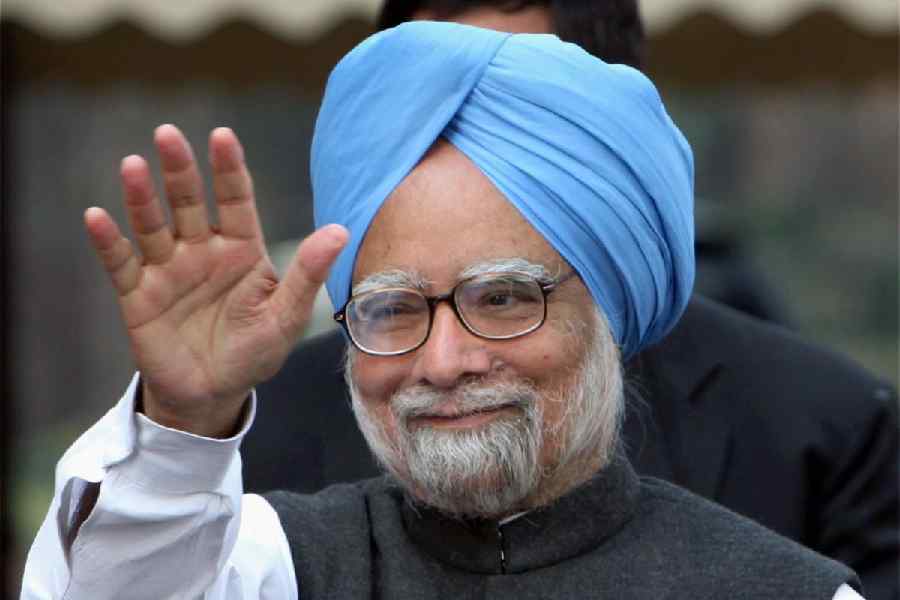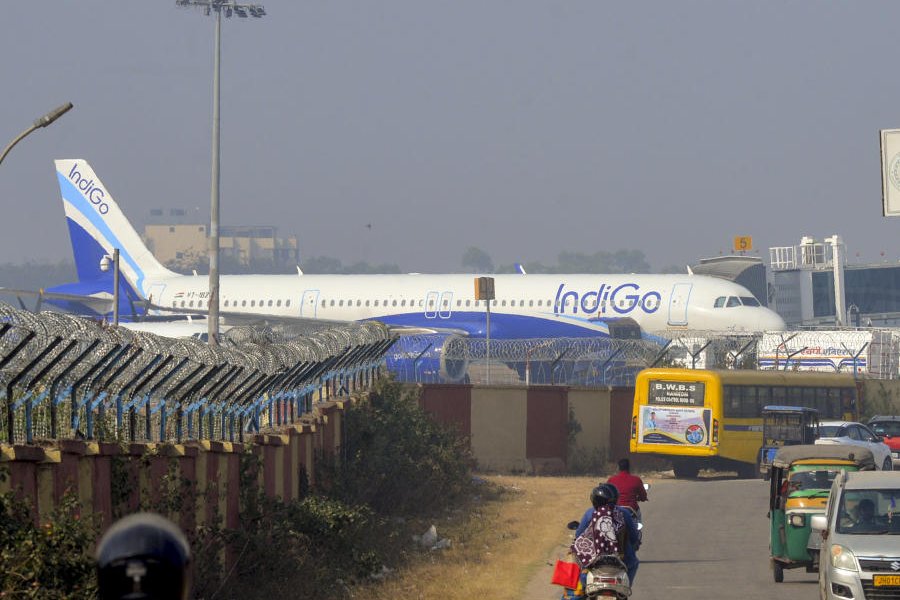Calcutta: Majerhat bridge had become too heavy and needed to shed load, experts had warned almost two years ago, a senior Nabanna official told The Telegraph on Tuesday evening.
The warning was issued in mid-2017 by a Delhi-based agency commissioned to examine the fitness of the structure during a safety audit that followed the collapse of the Vivekananda Road flyover in March 2016.
"The agency had mentioned that the vibrator index of the bridge was okay.... But it suggested shedding of load from the bridge as the structure beneath was carrying more load than it could bear," said a senior Bengal government official who was involved with the safety audit.
For a bridge or flyover, the vibrator index captures whether the piers, viaducts and supporting walls are able to bear the load during peak hours, a public works department official explained.
Sources said PWD engineers were aware of the reason for the excessive load: the surface had been repeatedly re-laid over the years, without even removing the tramlines that ceased to be in use when the Behala-Joka service was discontinued in 2005.
Several senior government officials this newspaper spoke to admitted they were aware the bridge had "problems" and that its safety required "immediate redress".
Sources in the PWD, which maintains the bridge, said the findings of the Delhi-based agency were corroborated in early 2018 by a start-up owned by IIT Delhi graduates who studied the bridge for seven months and suggested to the department that it needed to shed weight.
The second study was commissioned after some girders of an approach road to the bridge came loose. Although the government found the problem to be localised, it commissioned a detailed study to ensure the safety of the bridge.
"The department had decided (after the first report) to extract the tramlines and re-lay the surface by removing old bituminous layers to reduce the load.... An instruction to this effect was sent to ground-level officers from Nabanna in end-2017. But surprisingly nothing had been done so far," a source said.
Officials also said that recently the department had realised that something had to be done to keep the bridge safe as rainwater had started seeping into the slab beneath the road surface along the edges of the bridge after the plaster came off.
"About a month ago, the PWD had undertaken a minor repair work on the bridge and then Rs 7 crore was released.... But the repair efforts till now were geared more towards making cosmetic changes," an official admitted.
According to engineers, the seepage could have weakened the structure and caused the slabs, which are held by girders, to cave in.
"The ongoing work on the BBD Bag-Joka Metro could have had a role.... Though the piling work was done more than a year ago, it is possible that cracks which may have developed around that time caused the damage as water seeped through them during the monsoon," an engineer said.
"Had the load on the substructure been reduced and proper repair work started before the monsoon, the accident could have been avoided," said the state government official.











